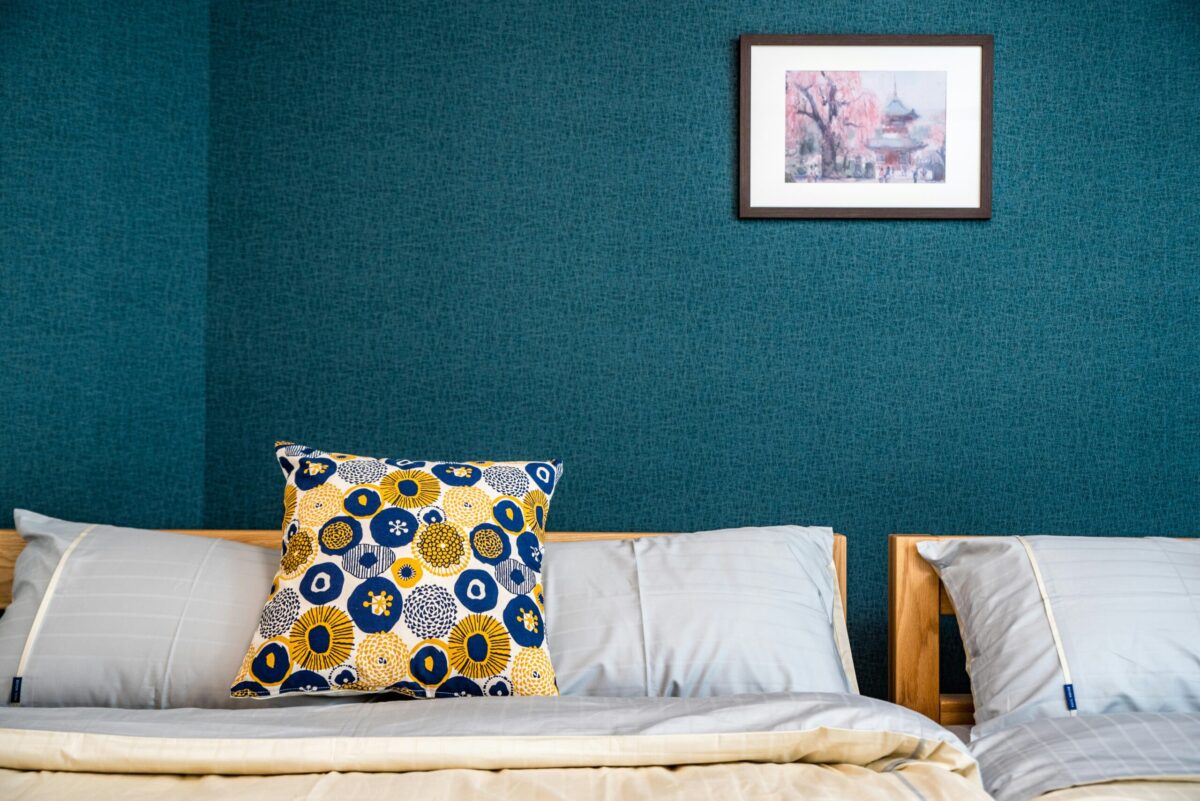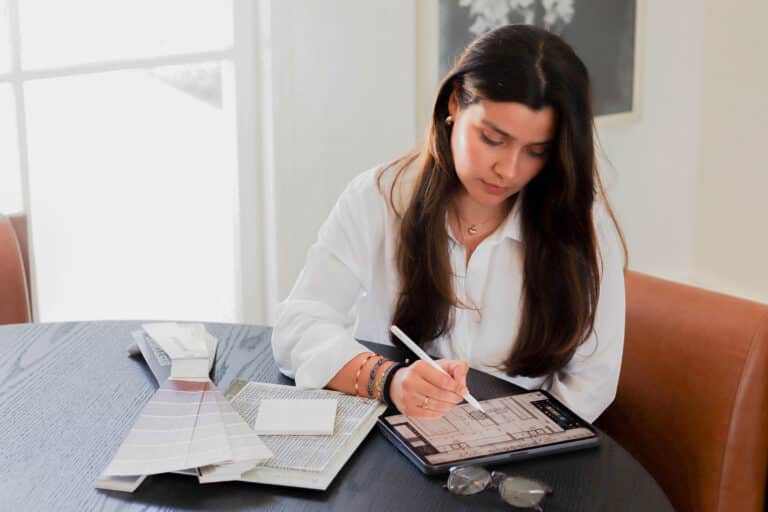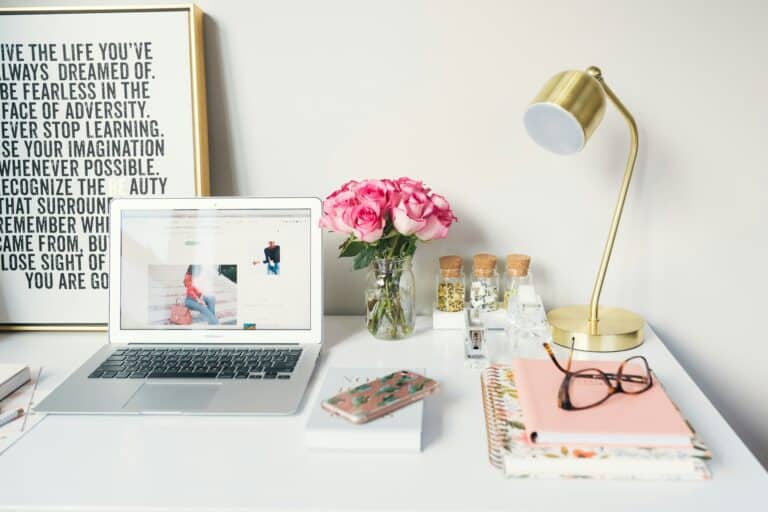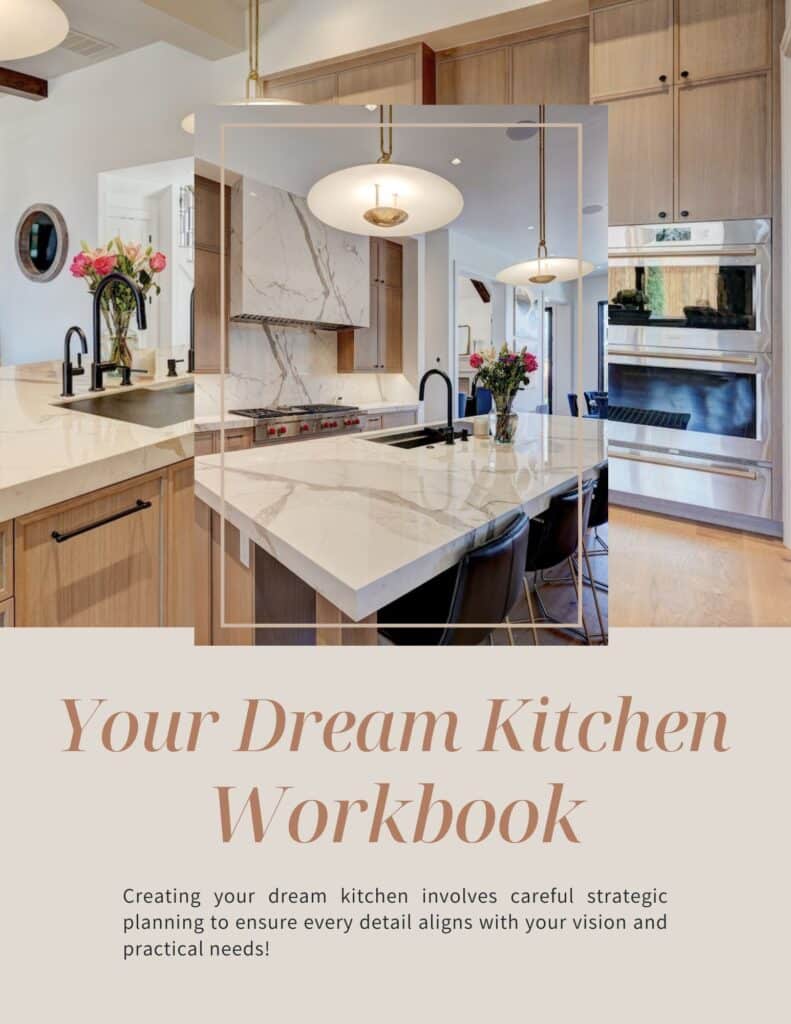Welcome back, design enthusiasts! Are you ready to take your interior design skills to the next level? Today, we’re diving into one of the most exciting and creative aspects of decorating: mixing patterns. If you’ve ever been captivated by a room that seamlessly combines stripes, florals, and geometrics, but felt intimidated to try it yourself, you’re in the right place. In this blog post, we’ll unlock the secrets to blending patterns like a pro, transforming your home into a vibrant, cohesive, and visually stunning space. Get ready to unleash your inner designer and let your creativity run wild!
1. Start with a Color Palette
Before diving into patterns, establish a cohesive color palette. This will serve as the foundation for your design. Choose 3-5 colors that complement each other and stick to these hues when selecting patterns. Having a consistent color scheme will ensure that the different patterns you introduce will harmonize rather than clash.
Tips for Choosing a Color Palette:
Base Colors: Start with a neutral base (whites, beiges, grays) to ground your design.
Accent Colors: Add pops of color that will appear in the patterns.
Balancing Act: Ensure a balance between warm and cool tones for a more dynamic look.
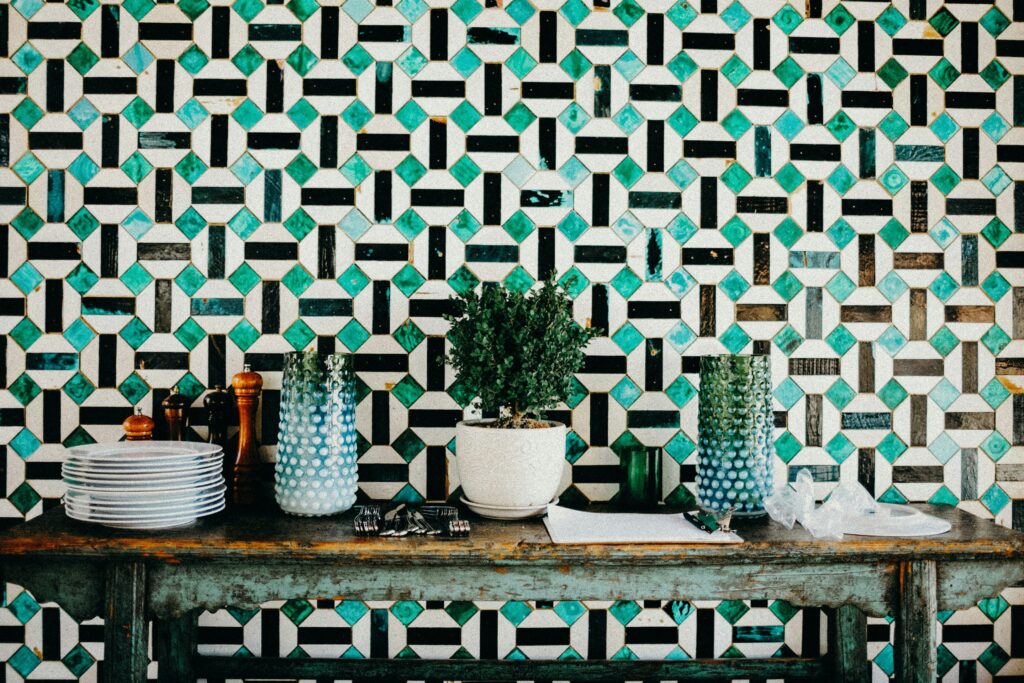
2. Vary the Scale of Patterns
One of the most effective ways to mix patterns is by varying their scale. Combining large, medium, and small-scale patterns creates visual interest and prevents the space from feeling overwhelming.
Examples of Scale Mixing:
Large Patterns: A bold floral wallpaper or a large geometric rug can serve as a focal point.
Medium Patterns: Mid-sized prints like plaid or ikat on throw pillows or curtains add texture.
Small Patterns: Tiny polka dots or delicate stripes can act as subtle accents on cushions or lamp shades.
3. Mix Different Types of Patterns
Incorporate different types of patterns to add depth and dimension to your space. Stripes, florals, geometrics, and abstract prints can all coexist beautifully when balanced correctly.
Types of Patterns:
Stripes: Versatile and timeless, stripes can act as a neutral when mixing patterns.
Floral: Adds a touch of nature and softness, ideal for romantic or vintage styles.
Geometric: Perfect for modern and contemporary designs, offering a clean, structured look.
Abstract: Adds an artistic flair, great for eclectic and bohemian spaces.
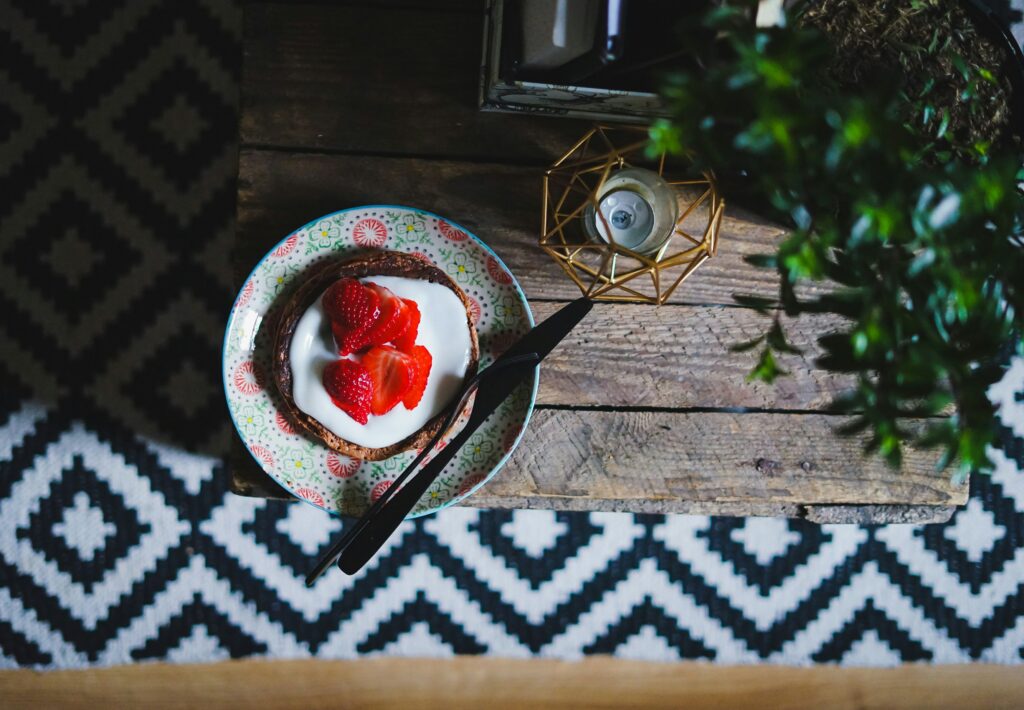
4. Use Patterned Accessories
If you’re hesitant about committing to large patterned pieces, start small with accessories. Patterned throw pillows, blankets, and rugs are excellent for experimenting without overwhelming the space.
Patterned Accessories to Consider:
Throw Pillows: Mix and match different patterns and textures.
Rugs: A patterned rug can anchor a room and tie various elements together.
Artwork: Patterned prints and paintings can introduce pattern at eye level.
5. Balance with Solids
To prevent a pattern overload, balance busy patterns with solid colors. Solid-colored furniture or larger pieces can provide visual rest amidst the patterned elements.
Balancing Techniques:
Solid Furniture: Choose sofas and chairs in solid colors to ground the space.
Neutral Walls: Keep walls neutral if you’re using bold patterns in furniture and accessories.
Solid Accents: Integrate solid-colored cushions, throws, and curtains to break up the patterns.

6. Trust Your Instincts
While guidelines are helpful, trust your instincts when mixing patterns. Interior design is an art form, and sometimes breaking the rules can lead to the most stunning results. If a combination feels right to you, go for it!
You’re now equipped with the tools and confidence to transform any space with a kaleidoscope of prints. Remember, mixing patterns is all about having fun and letting your personality shine through your decor. Don’t be afraid to experiment, break the rules, and most importantly, trust your instincts. So, go ahead and embark on your pattern playtime adventure—your home is your canvas, and the possibilities are endless. Happy decorating!

